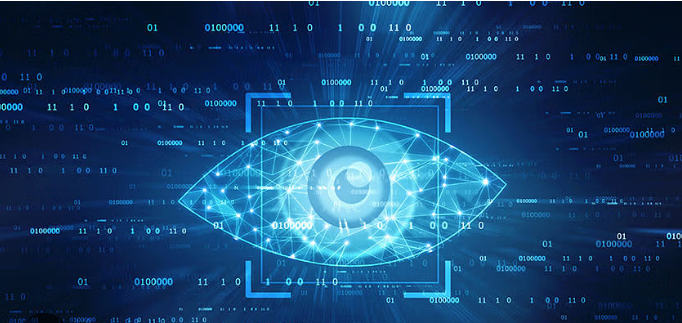In the realm of technology, the phrase “computer vision” has become more than just a buzzword; it’s a transformative force reshaping various industries, from healthcare to automotive, retail to agriculture. At its core, computer vision empowers machines to interpret and understand the visual world, mimicking, and often surpassing, human visual capabilities. This article explores the intricacies of computer vision, its applications across diverse sectors, and the profound impact it has on our daily lives.
Understanding Computer Vision:
Computer vision is a multidisciplinary field that blends computer science, mathematics, engineering, and artificial intelligence (AI) to enable computers to gain high-level understanding from digital images or videos. It encompasses a range of tasks, including image recognition, object detection, image segmentation, and image generation, among others. At the heart of computer vision systems are algorithms designed to process and interpret visual data, allowing machines to perceive and comprehend their surroundings.
- Objective: The primary goal of computer vision is to replicate and even surpass human visual perception. By harnessing the power of algorithms and computational processing, computer vision systems aim to perform tasks such as image recognition, object detection, motion analysis, and scene reconstruction.
- Components: Computer vision systems typically consist of several components, including image acquisition devices (such as cameras or sensors), preprocessing modules to enhance image quality, feature extraction algorithms to identify relevant patterns or structures, and higher-level processing for tasks like object classification and scene understanding.
- Techniques: Various techniques are employed in computer vision, ranging from traditional methods like edge detection and template matching to more advanced approaches such as deep learning and convolutional neural networks (CNNs). Deep learning, in particular, has revolutionized the field by enabling systems to automatically learn features directly from raw data, leading to remarkable advances in performance and accuracy.
- Challenges: Despite its progress, computer vision faces several challenges, including variability in image data, occlusions, lighting conditions, and scalability issues with large datasets. Addressing these challenges requires ongoing research and development efforts in areas such as robust feature extraction, domain adaptation, and model interpretability.
- Ethical Considerations: As computer vision technologies become more pervasive, ethical considerations regarding privacy, bias, fairness, and the responsible use of surveillance capabilities come to the forefront. It’s essential for developers and practitioners to address these ethical concerns and ensure that computer vision systems are deployed responsibly and ethically.
Applications of Computer Vision:
The applications of computer vision are vast and continually expanding, revolutionizing numerous industries:
1. Healthcare: In healthcare, computer vision facilitates medical image analysis, aiding in the diagnosis of diseases such as cancer, identifying abnormalities in X-rays, MRIs, and CT scans with remarkable accuracy. It also enables the development of cutting-edge surgical robots capable of performing minimally invasive procedures with precision.
2. Autonomous Vehicles: Autonomous vehicles rely heavily on computer vision systems to perceive their environment and make real-time decisions. Cameras, LiDAR, and radar sensors work in tandem to detect objects, pedestrians, and road signs, ensuring safe navigation on roads.
3. Retail: In the retail sector, computer vision enhances the customer experience through personalized shopping recommendations, inventory management, and cashier-less checkout systems. Visual search technology allows consumers to find products simply by taking a picture, revolutionizing the way we shop online.
4. Agriculture: By analyzing drone-captured images of crops, computer vision assists farmers in monitoring plant health, predicting yield, and identifying areas requiring attention, optimizing agricultural practices and increasing productivity.
5. Security and Surveillance: Surveillance systems leverage computer vision algorithms to detect anomalies, track suspicious activities, and enhance security in public spaces, airports, and critical infrastructure.
Challenges and Future Directions
While computer vision has made significant strides, several challenges persist. Variability in lighting conditions, occlusions, and the sheer volume of visual data pose ongoing challenges for algorithm development. Moreover, ethical considerations surrounding privacy, bias in algorithms, and the responsible use of surveillance technology warrant careful attention.
Looking ahead, the future of computer vision is brimming with possibilities. Advancements in deep learning, coupled with the proliferation of high-quality image datasets, are poised to fuel innovation in the field. Real-time video analysis, 3D scene understanding, and the integration of multimodal sensory inputs are areas ripe for exploration.
Conclusion
In conclusion, computer vision stands at the forefront of technological innovation, driving progress across diverse domains. From revolutionizing healthcare diagnostics to enabling autonomous vehicles, its impact is profound and far-reaching. As researchers and engineers continue to push the boundaries of what’s possible, the era of visual intelligence promises to usher in a new era of innovation, transforming the way we interact with technology and perceive the world around us.

